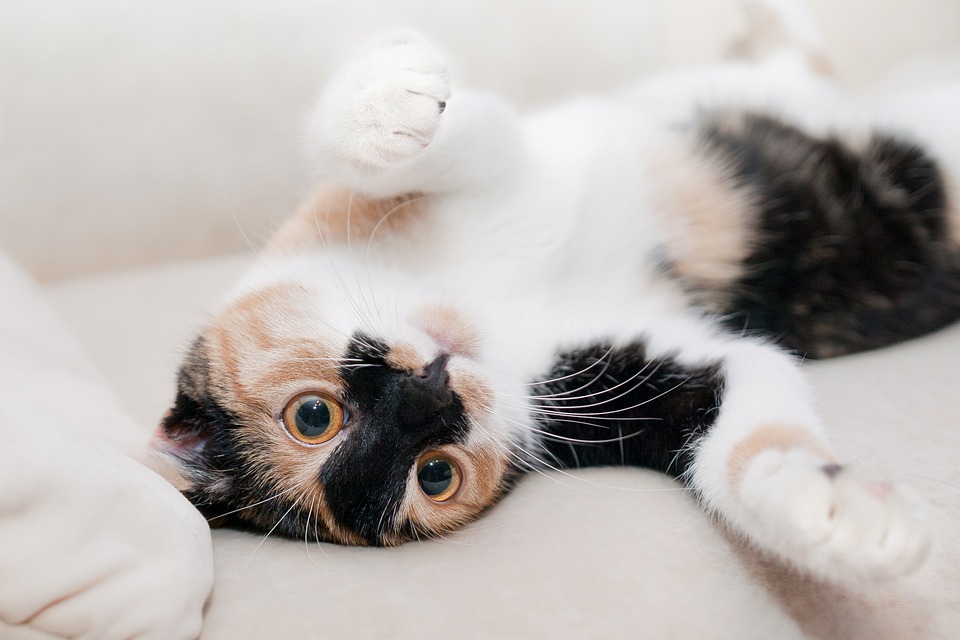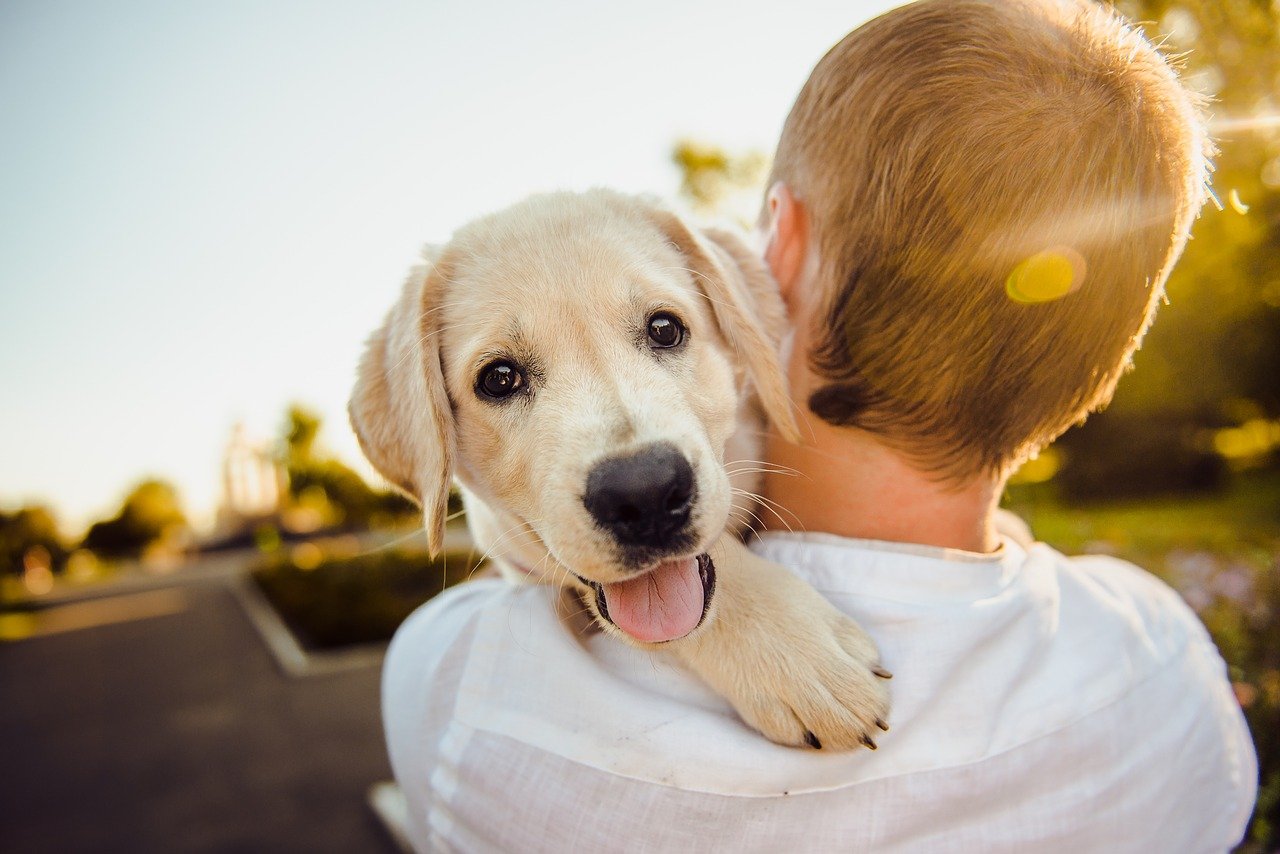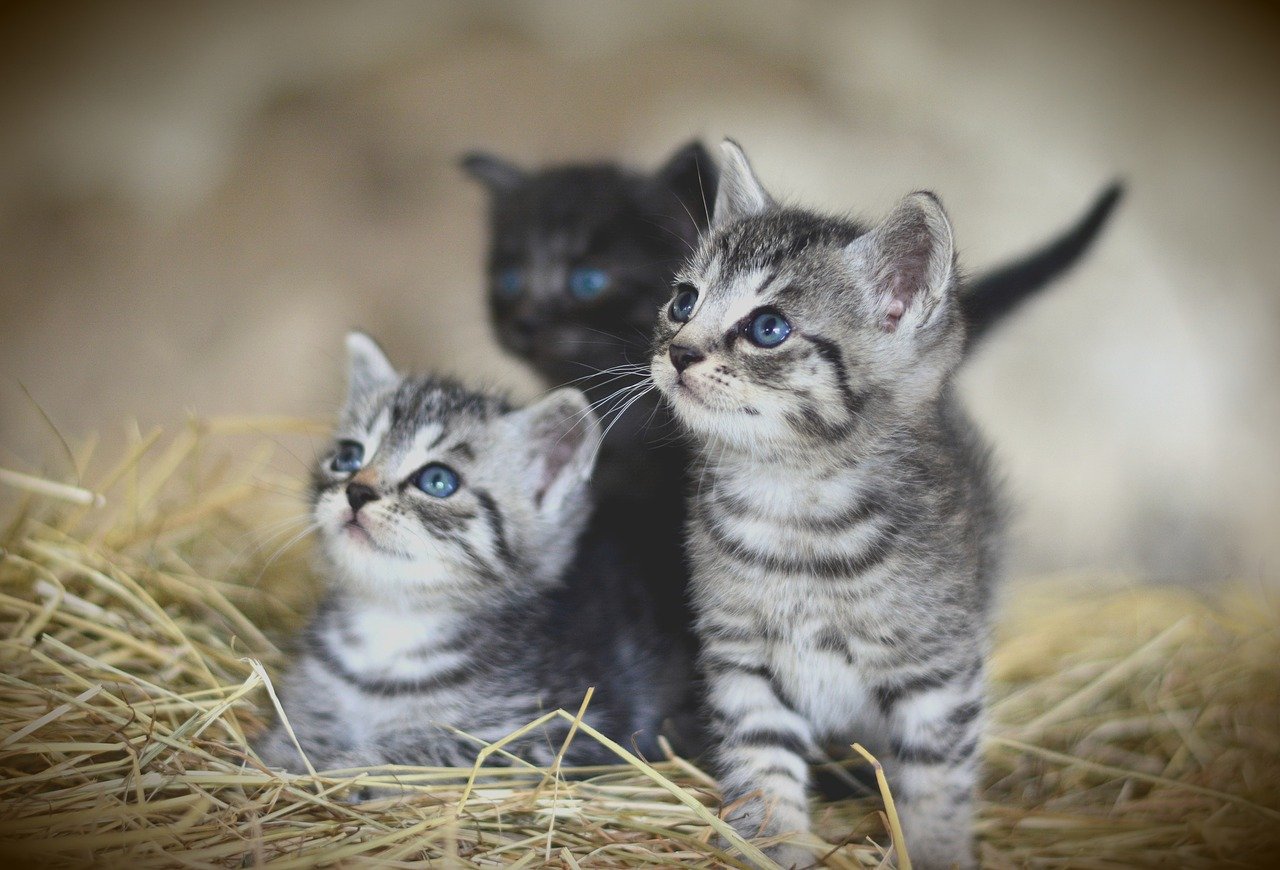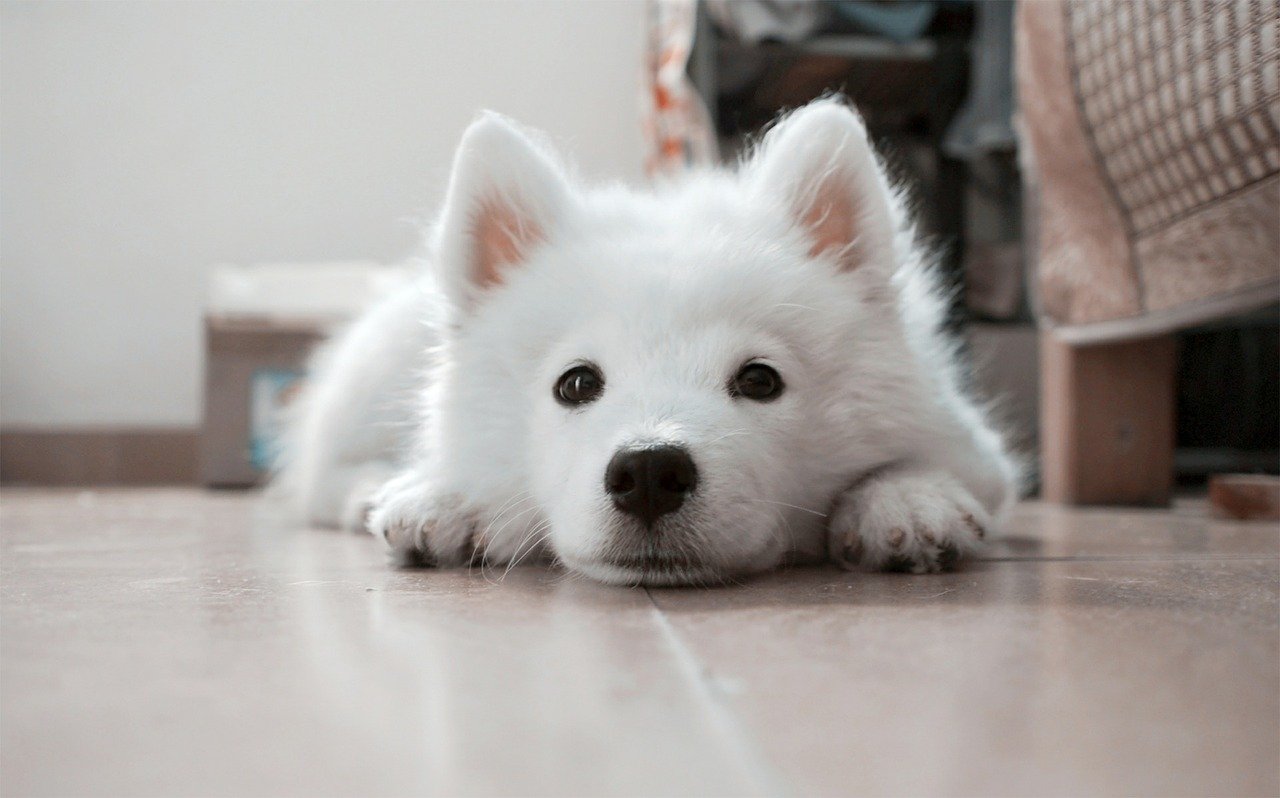Bengal Cat - What You Should Know Before You Adopt One
The Bengal cat, because of its characteristic coloration and muscular body build, has become one of the most popular cat breeds in many countries. These cats get strongly attached to their owners and love playing. Despite their wild origins, they get along perfectly with other animals, including dogs. Why should you pick a Bengal cat? What are the traits of this breed? Check the most important information.
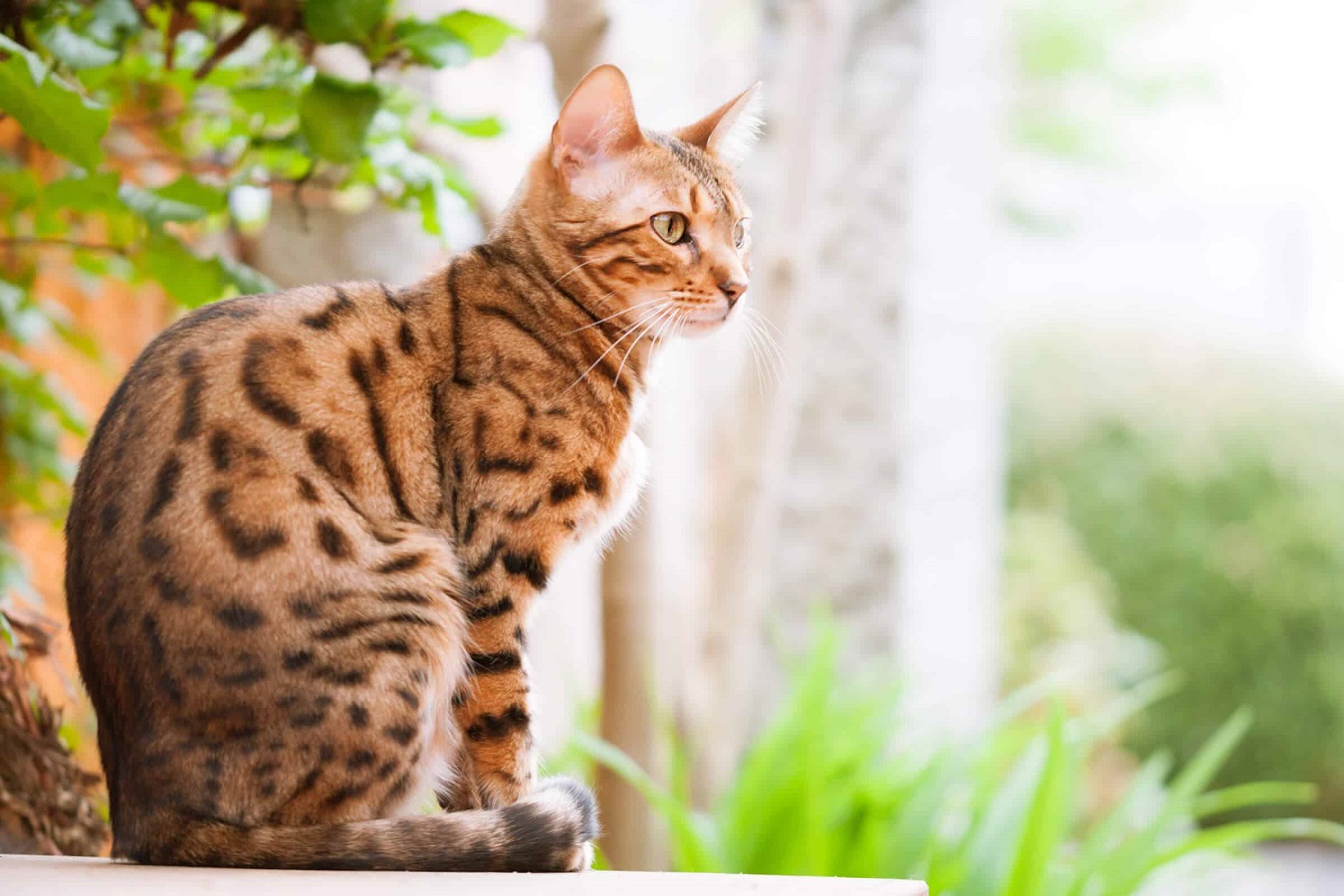
The Bengal cat – origins of the breed
The Bengal cat is a relatively young breed. The animal has first appeared in the USA. The breed has been created by intercrossing two other types. The leopard cat and domestic cat are the progenitors of the Bengal cat as we know it today. The main purpose for creating this breed was getting an animal of “wild” appearance combined with the temperament of a normal domestic cat – gentle and enjoying company and cuddles. Thanks to the success of the crossbreeding, the Bengal cat is one of the most popular cat breeds.

What does the Bengal cat look like?
The Bengal cat has a very characteristic body build which results from the origins of the breed. The first noteworthy characteristic is the long silhouette and muscular body. The front legs are shorter in comparison with the back legs. The cat’s head is relatively small and round.
Every cat of this breed bears a peculiar mark. It appears on the head behind the ears – small white spots. A characteristic distribution of the fur on the forehead is another important spot referred to as the “thumbprint.”
It’s hard not to mention the fur – the most distinct feature of these cats. It forms characteristic spots which can take the shape of ovals, half-moons or even rosettes. Bengal cats usually have short hair, although the ones with longer fur are distinctive and most desired.
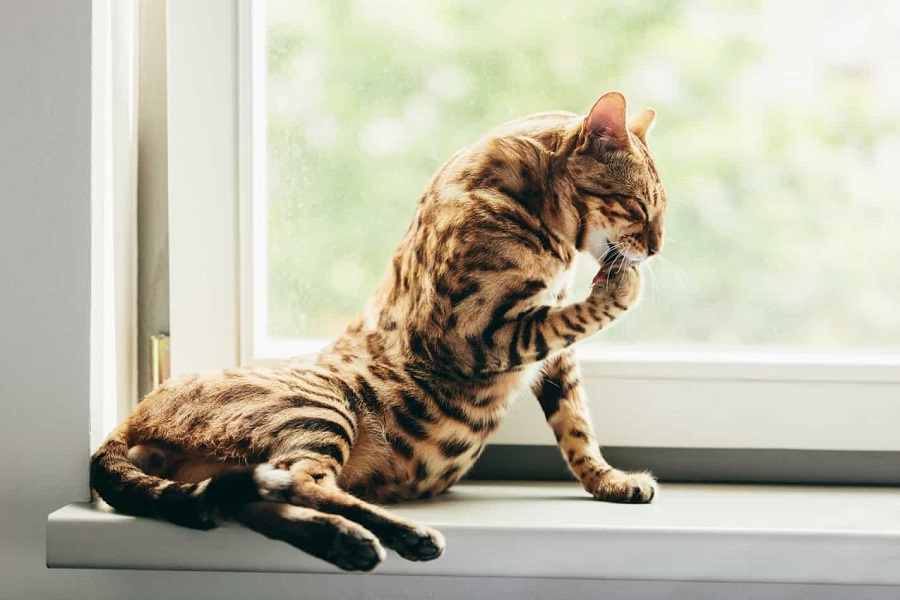
Bengal cat – personality
The Bengal cat belongs to the group of animals being strongly attached to their owners. These cats are also highly energetic – they love playing with their owners or on their own. If you decide on a Bengal cat, keep in mind that they are much louder than regular felines, and also they enjoy climbing and jumping. They demand attention – if left alone, they get bored pretty quickly, and they might get up to some mischief.
If you decide to take a Bengal cat home, remember about the characteristic noises they make. It’s similar to chirping or cooing.
The Bengal cat and other animals
It’s difficult to compare Bengal cats, as each animal has a different temperament. But in general, a cat of this breed is a perfect partner for other pets. It gets along perfectly with other cats, and even dogs.
Keep the wild origins of this breed in mind – which means the cat gets strongly attached to its territory. The Bengal cat might not tolerate animals it doesn’t know entering an area it considers as its own.

The Bengal cat – care and grooming
The Bengal cat doesn’t require any special care and grooming. But make sure to brush its fur regularly – at least once a week, to remove dead hair.
In addition to brushing, remember about basic grooming procedures, such as checking ears (and cleaning them if needed), as well as trimming the claws.
The Bengal cat – food and diet
Bengal cats prefer meals rich in meat. Make sure they are diversified to provide 40 different nutritional elements required for a proper development.
The proportion of certain nutrients changes as the cat ages. Make sure to ration the food – despite the energetic character of the cat, thanks to this its silhouette will remain intact.
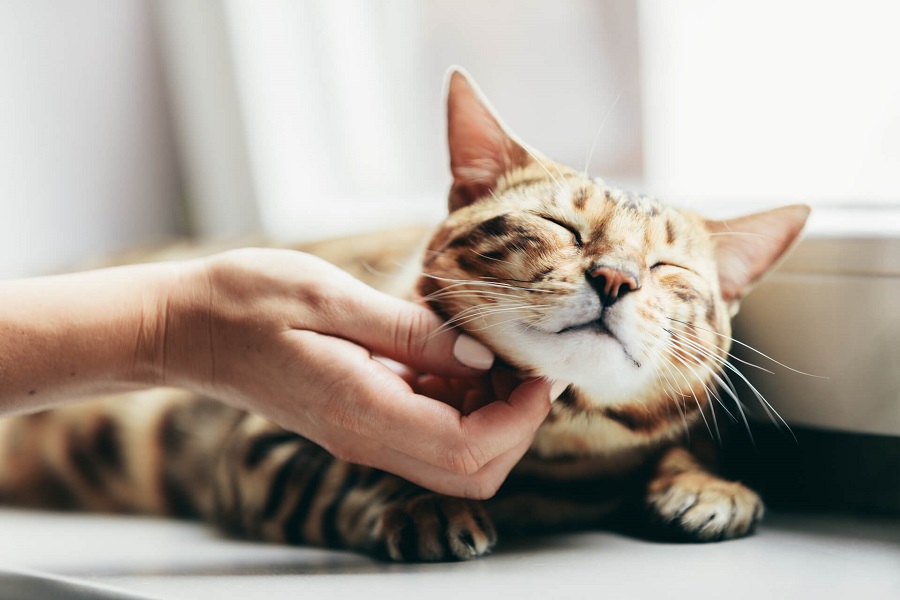
The Bengal cat – health issues
The Bengal cat is resistant to various types of diseases. Regardless, it can suffer from different ailments. Hypertrophic cardiomyopathy which affects the cat’s heart is one of them. It causes enlargement of the animal’s heart muscle. Neglecting visits at a veterinary clinic might lead to the late detection of the issue. If this happens, the cat’s heart might get inefficient, causing airlessness and even liquid in the chest.
Another common problem the Bengal cat might encounter involves retinal thinning. It’s worth to mention, though, that this disease is genetic and concerns degeneration of the structure of the cat’s retina. Losing the ability to see in the dark is the first symptom. The progression of the disease might lead to a complete loss of sight.
How much does a Bengal cat cost?
The price of a Bengal cat is relatively high. Note that not only the pedigree is important here, but also the cat’s colors. A blue Bengal cat and a black Bengal cat are two different price ranges. The cheapest cat of this breed is $700, but you might find even better offers. Pedigree cats with interesting colors cost much more. A pedigree Bengal cat costs from $2,000 to $6,000.
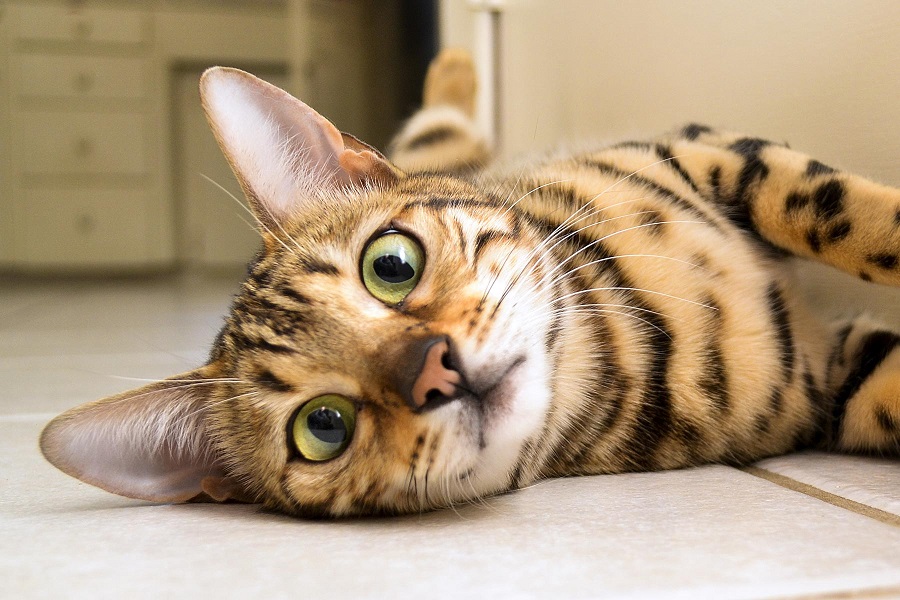
📍 What is the price of a Bengal kitten?
Bengal kittens are offered at different prices, depending on its pedigree. The cheapest kittens cost around $700. Keep in mind that a Bengal cat might cost much more. The most expensive pedigree kittens cost even $6,000.
📍 What is the lifespan of a Bengal cat?
The Bengal cat belongs to healthy and long-living breeds. Depending on the conditions it lives in, the cat can live from 9 to even 15 years.
📍 What is the best food for a Bengal cat?
The Bengal cat prefers food rich in meat. Make sure to enrich the cat's meals with wet food, too. You may consult this issue with a veterinarian who will tell you which mixes are the best for your particular pet.
📍 Bengal cat size - how much does it weigh?
The weight of a Bengal cat depends mostly on its gender and diet. A female Bengal cat should weigh between 3 and 6 kilograms. Male cats are heavier and weigh up to 10 kilograms.
Featured articles
Maybe you're interested

